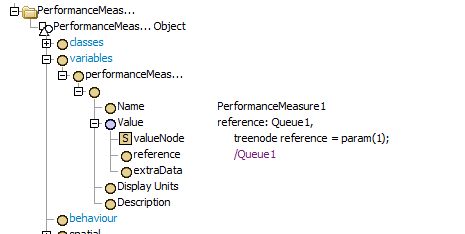for a reward function in the RL tool, how i can set up the reward somehow so that it refers to a row in the Performance Measures table?
For example:
- Reward = (Quantity_i ) - (StayTime_i)
where Quantity_i shows the items in a queue for each item type i ( this has been set in the performance measure table) and StayTime_i is the stay time of item type i in a rack ( this also has been set in a performance measure table). The sign of StayTime_i is negative because i want it to penalize for the time it remains in the racks.

